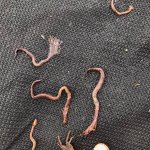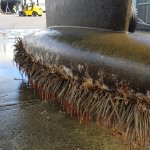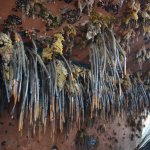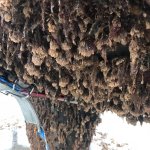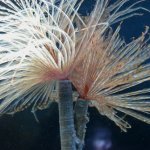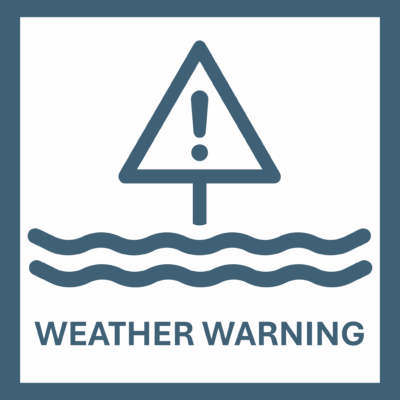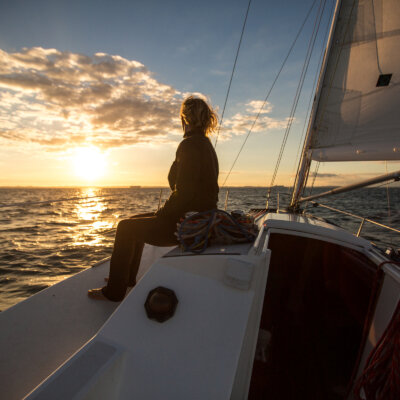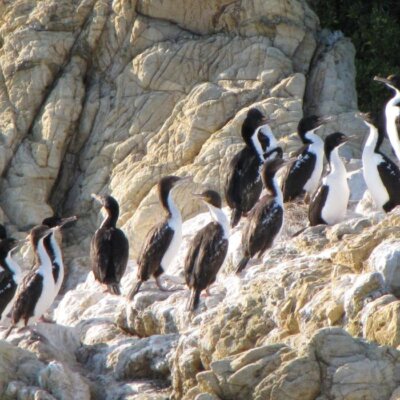Fan Worm Awareness
Invasive marine pests are a threat to the biodiversity and coastal environment of the Marlborough Sounds.
Invasive marine species can fall into two categories: fouling species (such as the clubbed tunicate Styela clava and Mediterranean fanworm) and exotic diseases (such as Bonamia ostrae) that can infect fish or shellfish.
Managing marine pests is far more complex than terrestrial pest species given the nature of the marine environment. At Marlborough Sounds Marinas we do our part by ensuring all visiting or new vessels adhere to the 6 or 1 rule. This requires all visiting or new boats that have been North of Tauranga or Lyttelton Harbour in the last 12 months to provide proof that the vessels have been antifouled in the last six months, or lifted and washed in the last month.
The MDC Biosecurity team organises regular biosecurity surveillance on our marina infrastructure. The latest surveillance found two Mediterranean Fanworm (Sabella spallanzanii) in Waikawa marina. Those were safely removed by the biosecurity dive team. On a subsequent inspection another two fanworms have been found and also safely disposed of by the dive team.
While it is great that these pests have been found and removed, it also shows that we need to increase our vigilance and awareness. If you have visited Tauranga, Auckland and/or Lyttelton marinas and/or harbours, please consider the risk of spreading this highly invasive pest to our waters.
As we are all doing our bit, if you are an existing marina berth customer and if you have recently participated to the Sail GP event with a proof of purchase for spectator fleet participation, we will offer 20% off a lift and wash for your vessel on our 35T travel lift in Waikawa. This offer is valid to the end of May and it is conditional to booking schedule and availability.
The following link provides information on Mediterranean fanworm for those that are interested
https://marinebiosecurity.niwa.co.nz/sabella-spallanzanii/
For new and returning customers, arrival in our regional waters, your vessel must have no more than light fouling (unless exempt). Light fouling means 1–5% of visible hull surface covered by macrofouling or filamentous algae. Usually, the remaining area is covered in slime. Read the local rules in more detail here
Photos: Juvenille fanworm and fanworm growing on boat hulls. If you see Mediterranean fanworm in the Marlborough Sounds, please report it urgently to Marlborough District Council using this link. Photo credit / G Read, Lyttleton and Hamish Lass / Bay of Plenty Regional Council
And while the Northern regions are combating an invasive seaweed called exotic caulerpa, we are fortunate it hasn’t made its way down here so far. Please take a moment to familiarise yourself with what exotic caulerpa looks like, and in the unlikely event you see some, report it to MPI urgently. Good practice in the meantime is to check your anchor, chain, dive gear and fishing gear every time, before you change locations. If you find something that might be caulerpa, don’t put it back in the sea – dispose of it onshore in the rubbish bin.
For more information:
Top of the South Marine Biosecurity Partnership
Marinepests.nz – the boaties guide to marine biosecurity

